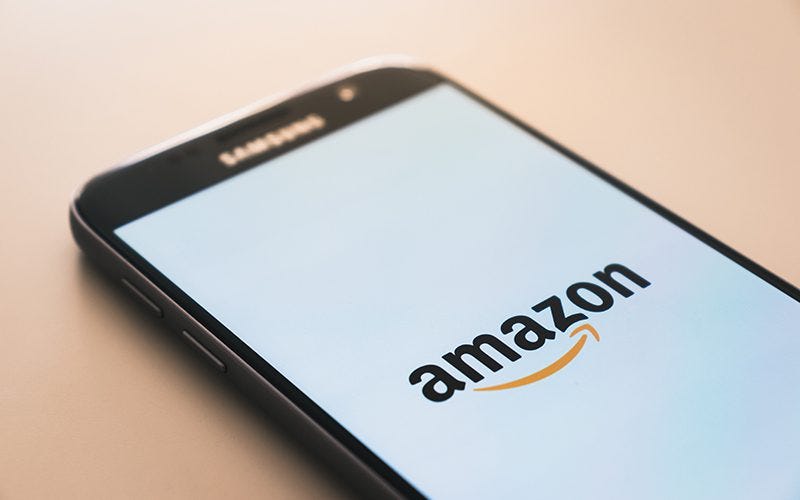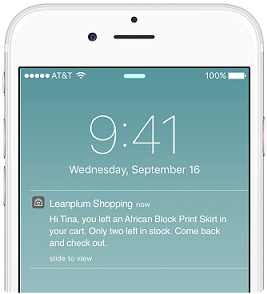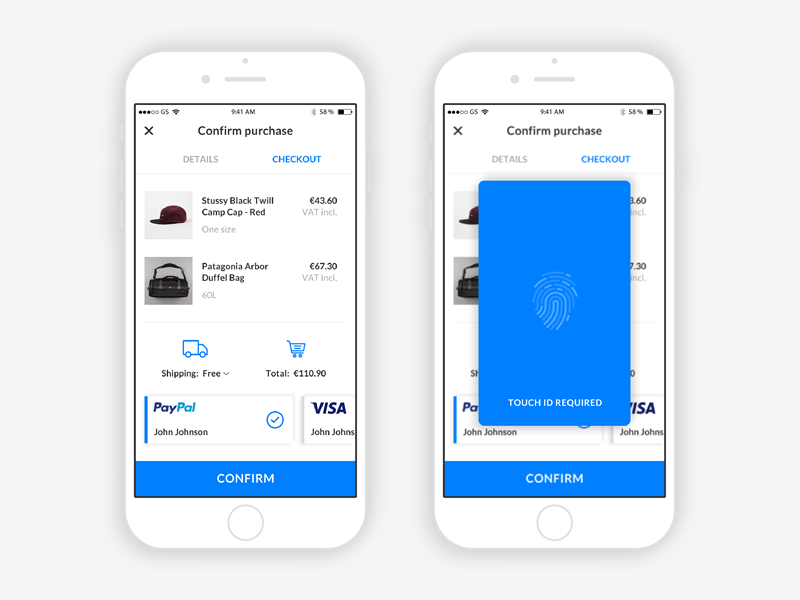Latest news about Bitcoin and all cryptocurrencies. Your daily crypto news habit.

Ecommerce apps are powerful tools for online retailers, making it possible to reach users with more targeted offers, intuitive interfaces, and a more streamlined experience overall. But if you’re going to have an ecommerce app, you need to do it right.
Providing an app that offers a poor user experience will actively lose you customers by pushing away those people with enough interest in your company to download your app — and that really doesn’t sound like a good idea, does it?
So if you’re going to have an ecommerce app, you’d best make sure it’s up to par. Here are 6 killer features that you simply must provide through your app:
1. Convenient access
Once a user has successfully made a purchase, the store details will likely be remembered on their phone, meaning that they won’t have to worry about it again — but the first time is absolutely crucial. Make it awkward to get through the process and you’ll drive people away in droves. Remember that most users aren’t opening your app because they want to commit to a long-term business relationship; they simply want to buy something and leave.
Accordingly, your app should request as little information as possible to get started. Provide the option of logging in but don’t demand it. Let guests browse your store and add things to their basket, then either give them the option to create an account during the checkout process or find the most painless way to request their basic details (allowing users to login through their Google, Facebook or Twitter accounts is an excellent way to go).
2. Push notifications
A push notification is a message sent from your app to the mobile operating system and passed to the user at the top level (as opposed to existing only inside the app). If overused, push notifications can be annoying, but they’re extremely valuable when used carefully for reaching people while they’re not directly interacting with your app.
Configure push notifications to make good use of fear of missing out (FOMO) through mentioning timed exclusives, limited-stock items, popular purchases, and anything else that will inspire the user to stop what they’re doing and take relevant action. FOMO is a huge ecommerce motivator because we hate feeling that we’ve let opportunities slip through our fingers when we have 24/7 internet access through our mobile devices.
3. Bookmarking
Sometimes you’re browsing the web and you see a page you’re interested in reading but don’t want to look at right away, so you bookmark or favorite it, allowing you to return to it later. Being able to tag something as worth revisiting is an important but often-overlooked ecommerce option, especially considering how quickly a user’s opinion or determination can change.
Imagine a user getting 95% of the way through your sales funnel, only to realize that they’re not quite sure if the product they’re about to purchase is what they’re looking for. Maybe the color choice is giving them pause, they want to check their bank balance first, or they want some reassurance from someone they know that they’re making a good choice. Regardless, they reluctantly cancel the order and leave.
With a bookmarking option, they can tag the product right away if they think it might be something they want, then fully consider the prospect at a later date. You can also tie this information the push notifications system to notify people when bookmarked products have limited stock or have been temporarily discounted and thus spur them into action.
4. Fast checkout
In 2018, no one is willing to take out their credit or debit card and manually enter all their details into a cramped mobile checkout. Consumers are too accustomed to payment convenience to be willing to handle that kind of irritation, so you must implement fast payment in your ecommerce app — the faster, the better.
At a minimum, you should support options like PayPal, Apple Pay, Google Pay, and all the other major payment gateways. In addition, you should allow the user to store payment and shipping address information so they only need to set their address details once (and provide a fast address finder to avoid them having to add all the details themselves the first time).
5. Social proof options
Social proof is astonishingly influential for ecommerce buying, not only because it’s so easy to implement but also because users don’t have the luxury of looking at the products in person, touching them, trying them out. All they get to see is a product listing, and they must trust that the information is accurate. Showing that others have already bought and been satisfied with the product will hugely reassure them.
Make it as fast and easy as possible for users to see reviews in your store, and leave their own reviews following purchases. You should also seek reviews of your app itself, because the more people download it, the more exposure your store will have. And never try to hide negative reviews: users won’t trust arrays of exclusively-glowing reviews.
6. Full analytics
Analytics options are extensive for any type of online visit, but apps can provide even more information through the availability of touch heatmaps. That’s why you need a comprehensive analytics solution installed to gather as much data as you can and identify opportunities for improvement.
You can then see which features people use, which get overlooked, what products are most popular, when people are buying, and so much more. Manually trawling that data will be useful, but you’ll get the most out of it by configuring a fully-featured mobile app analytics platform that will collate the important data and make it simple to draw meaningful conclusions.
Update or Restart
If you’re looking to create an ecommerce app, be sure to include these features at a minimum, because you’ll really lose out if you don’t. If you already have an ecommerce app and it isn’t performing as you want it to, consider how you want to proceed: your options are to work on your existing app or start again fresh, and which is the best choice for you will depend on the development resources available to you.
Bear in mind that just as ecommerce stores were made heavily standardized by companies like Shopify (its inexpensive retail site creator was a sign of things to come), automated app development is increasingly viable — just look at options like Plobal Apps, or Mobikul for WooCommerce. Don’t spend heavily on updating an app that isn’t fit for purpose if it would work out as cheaper to start fresh.
How could your planned or current ecommerce app surpass the competition? Mobile app buys are a huge part of today’s ecommerce world, so don’t undervalue what a killer app can do for business. Invest in a mobile-first approach and you’ll reap the benefits later.
About the author:
Patrick Foster is a writer and ecommerce expert from Ecommerce Tips — an industry-leading ecommerce blog that shares the latest insights from the sector, spanning everything from business growth hacks to product development. Check out the latest posts on Twitter @myecommercetips.
If you enjoyed this article, feel free to hit that clap button 👏 to help others find it.
Follow Inapptics: Medium | Twitter | Facebook
Originally published at blog.inapptics.com on June 29, 2018.
Read Next:
- Mobile Heatmap: One of the Best Tools to Visualize User Behavior
- Stop Annoying Your App Users: 4 Push Notification Best Practices
- 5 Powerful Tips to Grow Your Mobile App Using Content Marketing
6 Killer Features Your Ecommerce App Needs To Have was originally published in Hacker Noon on Medium, where people are continuing the conversation by highlighting and responding to this story.
Disclaimer
The views and opinions expressed in this article are solely those of the authors and do not reflect the views of Bitcoin Insider. Every investment and trading move involves risk - this is especially true for cryptocurrencies given their volatility. We strongly advise our readers to conduct their own research when making a decision.

